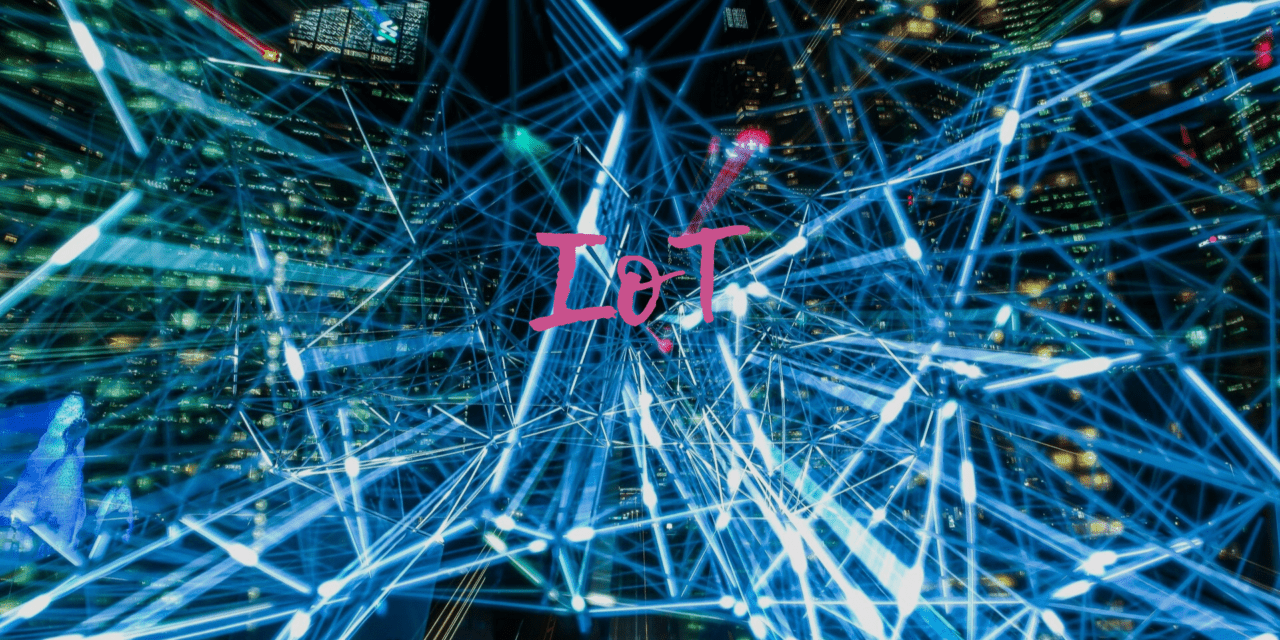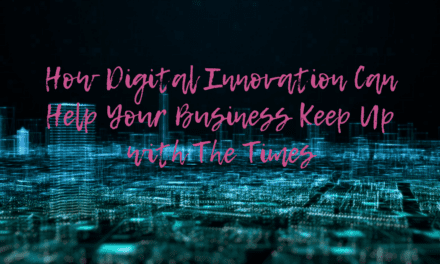The Internet of Things was a relatively niche concept even just five or ten years ago, but there are now tens of billions of IoT-enabled devices. The impact of the IoT is no longer abstract given that most of us interact with these devices regularly in our daily lives.
In this article, we’ll take a look at three ways in which the IoT and the rise of big data are changing trends and practices for mobile developers. Make sure to visit our website for more information about how an android app development agency can help you create the perfect app for your brand.
The IoT and Big Data
The Internet of Things and big data might sound like two disparate trends, but the reality is that they couldn’t be more closely connected. Every device that’s connected to the Internet of Things is now producing data—data that’s valuable to the device’s manufacturer as well as advertisers and other third parties.
In fact, the amount of data produced by devices connected to the Internet of Things has increased by more than 40 times over just eight years. While the growth of data collection has critical implications for consumer privacy, it’s also transforming the field of mobile app development.
IoT Apps
While IoT devices don’t necessarily require apps, more and more producers are tying their devices to convenient mobile applications. This allows users to interact with their IoT-enabled devices from any location.
Data collection is relevant to these apps on both a small and large scale. On the scale of individual consumers, it could be as simple as opening a garage door when the user approaches their home. On the scale of populations, it generally involves analyzing large volumes of data to identify user trends and improve the quality of service.
The Future of IoT
Considering the rapid development of the IoT, it’s impossible to predict what these devices and apps will look like in 2025 or 2030. With that being said, we can get an idea of where the industry is moving by looking at how it has changed over the last few years.
First, we expect the IoT to become more seamless, with users potentially managing numerous devices from within a single application. The IoT itself will also need to be bolstered by new modes of connectivity as Wi-Fi, Bluetooth, and cellular data all come with significant drawbacks. Finally, artificial intelligence will take on a greater role in the IoT market as bleeding-edge startups and other organizations continue to explore the possibilities of consumer AI.
Our relationship to the Internet of Things was completely transformed over the past five or ten years, but we’re still only scratching the surface of the IoT’s potential. These are just a few of the key ways in which big data and IoT devices are changing the way we look at mobile app development.





